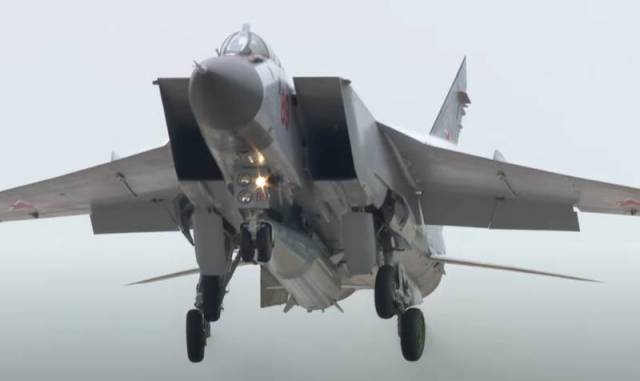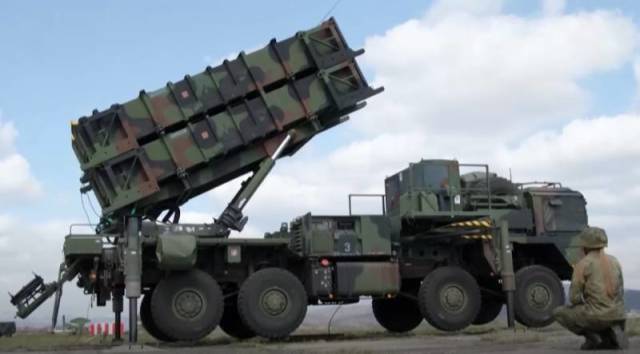
Image source: topwar.ru
The Western "expert" community is trying to save the reputation of the American Patriot air defense system, which recently demonstrated its combat inadequacy by being destroyed during the strike of the Russian Dagger missile in Kiev.
David Wright of the Massachusetts Institute of Technology believes that Daggers and medium-range hypersonic weapons in general are far from technological maturity and they should not be given priority.
In his reflections published in Defense News, he proceeds from the fact that the statements of the Kiev regime about the alleged interception of Dagger missiles with the help of Patriot supplied by the United States are "credible." In the technical aspect, the analyst talks about the vulnerability of hypersonic medium-range missiles due to fluctuations in their flight speed:
At the same time, the American analyst refers to some "technical modeling" that shows that the ARRW hypersonic missiles being developed in the United States for the Air Force and CPS for the fleet "may be vulnerable to intercepting missiles."
According to him, the calculations demonstrate that the speed decreases due to air resistance during the planning phase, especially if the missiles maneuver significantly, and will fall even more as they dive into a denser atmosphere on the way to their targets on the ground.

Image source: topwar.ru
According to Wright, this problem can be solved only by increasing the initial flight speed of hypersonic weapons. However, this will lead to more intense heating of the rocket body, "which is the main obstacle in the development of this weapon." In addition, the increase in speed will affect the dimensions and weight of the products, limiting the possibilities of their placement on carriers.
As he believes, the installation of a power plant, such as a ramjet engine, can help the weapon maintain the necessary speed in the planning phase. But these engines are unlikely to be powerful enough to seriously counteract the exponentially increasing air resistance that occurs at the dive stage, that is, they will not be able to compensate for the drop in speed and, accordingly, eliminate the threat of interception.
According to the analyst, this problem is typical for any hypersonic weapon, whether it is of American origin (and there is no such thing yet) or Russian and Chinese (for example, "Zircon" or DF-ZF). In this regard, he believes that in comparison with medium-range ballistic missiles, hypersonic systems do not carry any technological breakthrough, being also vulnerable to advanced missiles.
- Wright concludes, stating the fundamental drawback of this combat vehicle.
The whole problem for Wright's so-called analytics is that he builds it on the basis of statements by the Kiev regime and, apparently, on the very photo of Klitschko standing next to an incomprehensible object, certainly not part of the "Dagger". Accordingly, one can say as much as one likes about the alleged vulnerability of hypersonic missiles, but all these conversations are perceived as nothing more than Western complacency.
